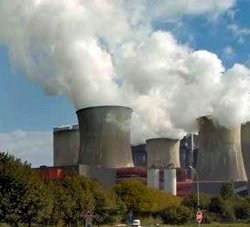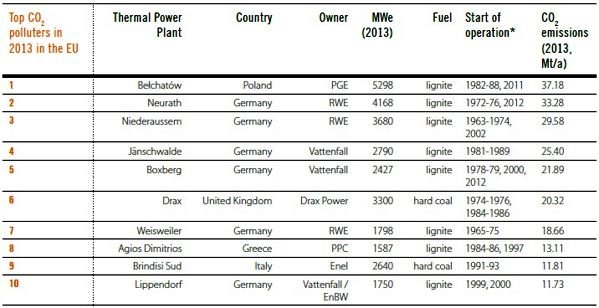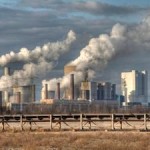 Brussels, Belgium – Carbon dioxide emissions from coal power plants in the EU are undermining climate efforts, reveals the “Europe’s Dirty 30” report, released on July 22 by CAN Europe, WWF, the European Environmental Bureau (EEB), the Health and Environment Alliance (HEAL) and Climate Alliance Germany.
Brussels, Belgium – Carbon dioxide emissions from coal power plants in the EU are undermining climate efforts, reveals the “Europe’s Dirty 30” report, released on July 22 by CAN Europe, WWF, the European Environmental Bureau (EEB), the Health and Environment Alliance (HEAL) and Climate Alliance Germany.
The “Europe’s Dirty 30” report exposes the top 30 polluting power plants in the EU, ranked according to their total carbon dioxide emissions in 2013. The UK and Germany rank joint first, with nine of the dirtiest coal plants each. Poland’s Belchatow plant came top of the list with the UK’s largest coal plant, Drax, coming in at 6th on the list. [1]
The nine UK power stations produced just under a third of the UK’s electricity supply last year but were responsible for nearly two thirds of carbon emissions from the power sector. The plants were mainly built in the 1960s and 70s and are, therefore, old with a low average efficiency of around 36%.
The EU’s coal problem, the “Europe’s Dirty 30” report reveals, is caused by the increased use of existing coal assets. Many of the EU’s coal-fired power plants are now running at or near full capacity, due to the relatively low price of coal compared to gas.
This has led to an increase in CO2 emissions from coal power plants in the EU, despite the rapid expansion of renewables and an overall decrease in total EU greenhouse gas emissions.
According to the report “Europe’s Dirty 30”, the heavy use of coal in some of the EU Member States with the highest populations, such as the UK and Germany, puts the EU in grave danger of not phasing out emissions from coal quickly enough; hence, undermining the EU’s climate ambitions [2]. The report argues that the rapid phase-out of CO2 emissions from coal has to become a priority.
The UK’s coal plants produce air pollution in the form of nitrogen dioxide, sulphur dioxide, particulates and mercury which have significant negative impacts on human health and the environment. Air pollution caused by UK coal power stations is estimated to be responsible for 1,600 deaths per annum in the UK. [3]
Top 10 Most CO2-Polluting Thermal Power Plants in the EU

* The dates indicate start of operation of original and added power blocks / units’.
Source: EU ETS database, Platts, Bundesnetzagentur, utilities reports.
Kathrin Gutmann, Coal Policy Officer at CAN Europe, said, “Coal-fired power plants are the single biggest global source of greenhouse gas emissions. CO2 emissions from coal in the EU are still far too high, as shown by the EU’s ‘Dirty 30 Power Plants’. The EU needs to tackle coal head on, if it wants to successfully meet its own long-term climate targets.”
Jenny Banks, Energy and Climate Specialist at WWF-UK, said, “Our political leaders are justifiably proud of their record on supporting tackling climate change on the global stage, but they must make sure they’re not saying one thing and doing another. Coal is by far the most polluting source of electricity. Tackling climate change means making sure that emissions from coal power are phased out over the next decade.”
Christian Schaible, Senior Policy Officer – Industrial Production – at EEB, said, “Europe’s coal addiction is bad for people’s health, bad for the environment, and has no place in our sustainable energy future. Significant amounts of emissions could be prevented and reduced if operators would just use state-of-the-art techniques available to them instead of arguing for exemptions. Environmental standards for power plants should first serve to protect the people and the environment in Europe and must be implemented swiftly to do so.”
Julia Huscher, Senior Coal and Health Officer at HEAL, said, “Each of the largest coal power stations in Europe is responsible for hundreds of millions of external health costs. The sheer amount of pollution they release, apart from the CO2 emissions, contributes to higher levels of particulate matter, which is a major health concern. In addition, the Top 30 CO2 emitters cause 20 percent of the health costs of the European power sector. The phase-out of coal in Europe will be a win-win, because it will help to achieve clean air for more people, and avoid further health damage from climate change.”














